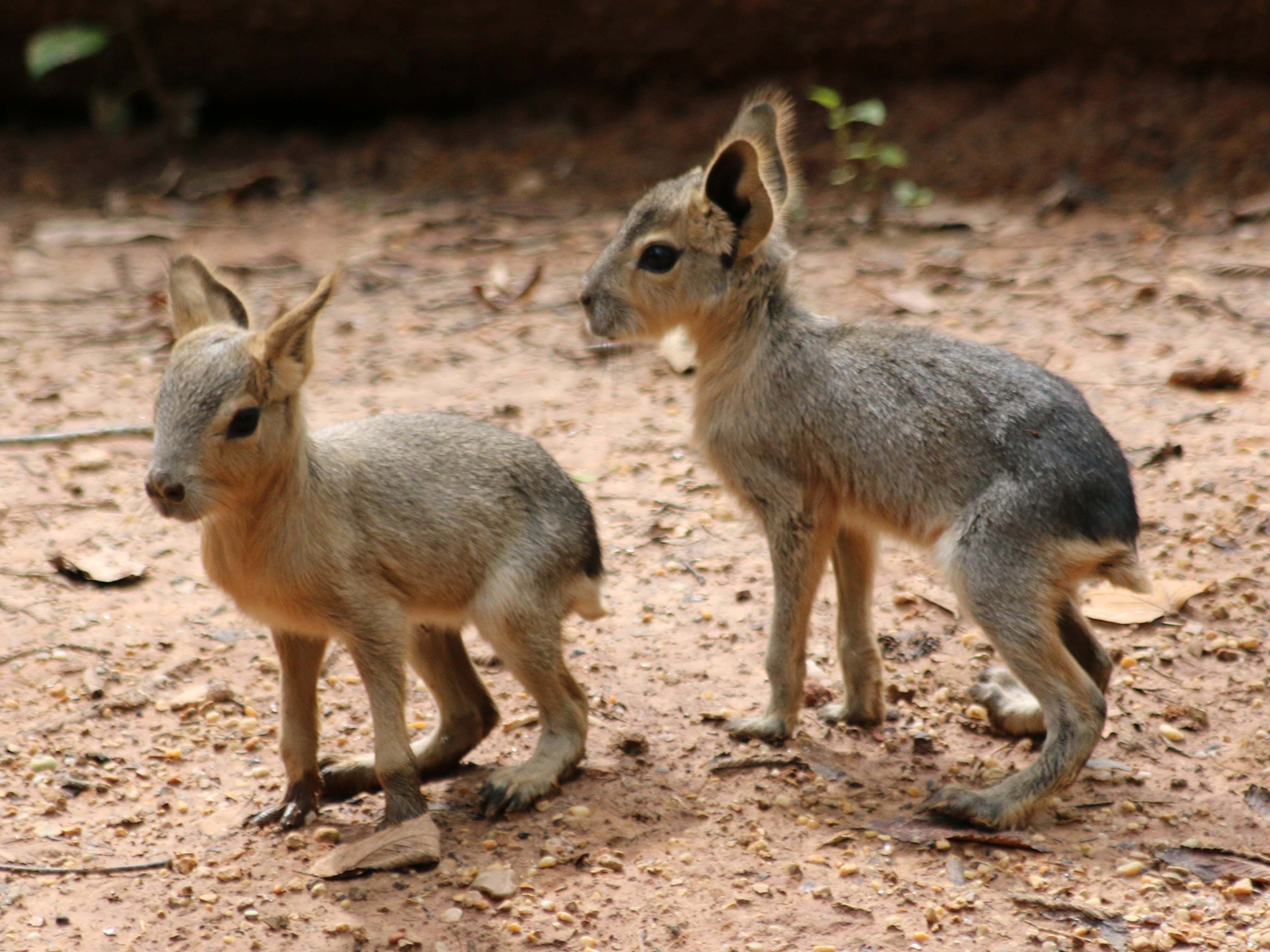Patagonian Cavy
Dolichotis patagonum
Class
Mammalia
Order
Rodentia
Family
Caviidae
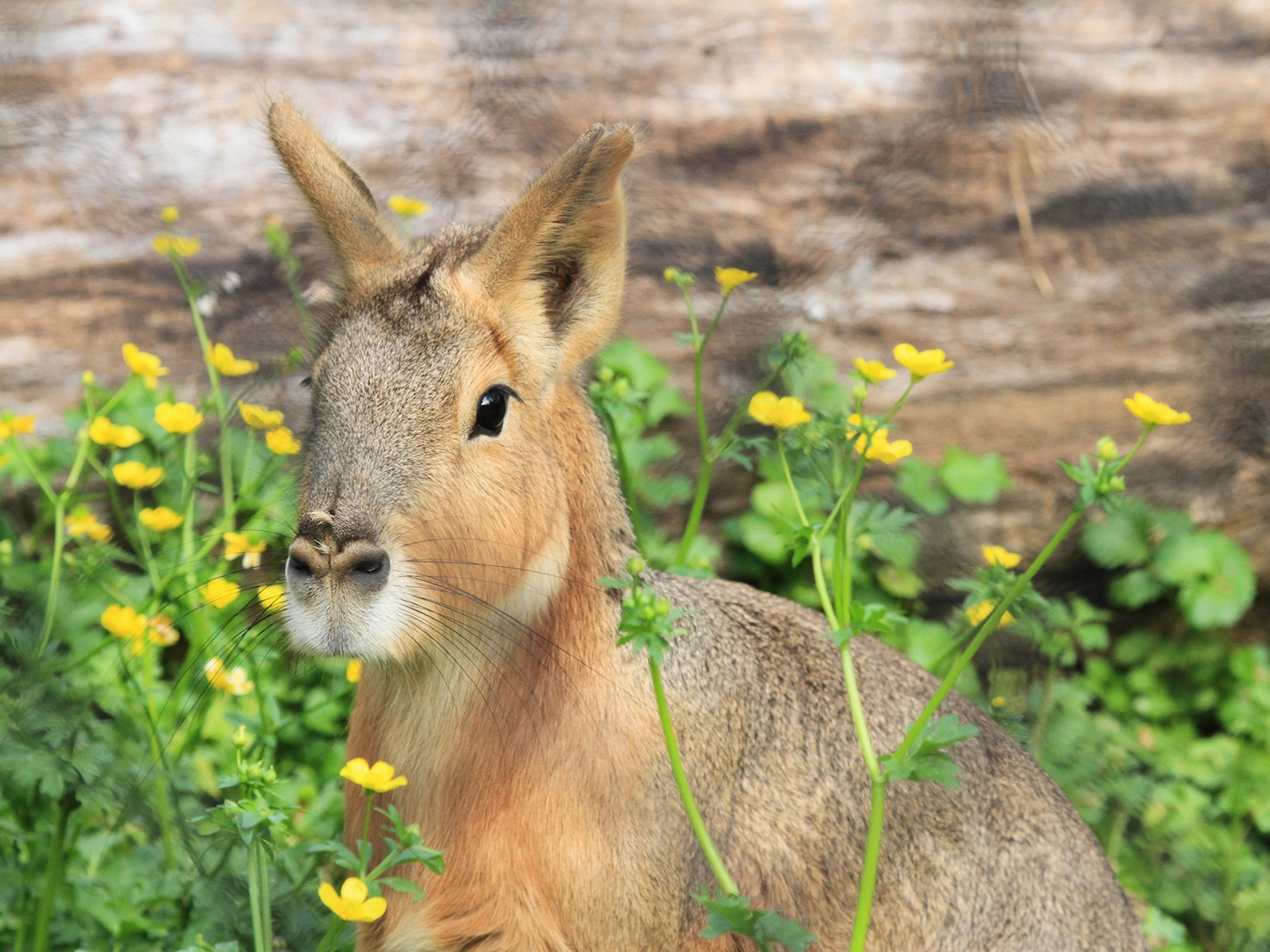
Mammalia
Rodentia
Caviidae
Central and southern Argentina
Length: Up to 3 ft
Height: Up to 2 ft
Weight: Up to 25 lbs
Arid grasslands and brushlands with a great deal of open space (region called the pampas in Argentina)
1 - 3
Gestation: 3 months
Grasses and other vegetation
Near Threatened
Patagonian cavies may walk or hop like hares or gallop like horses.
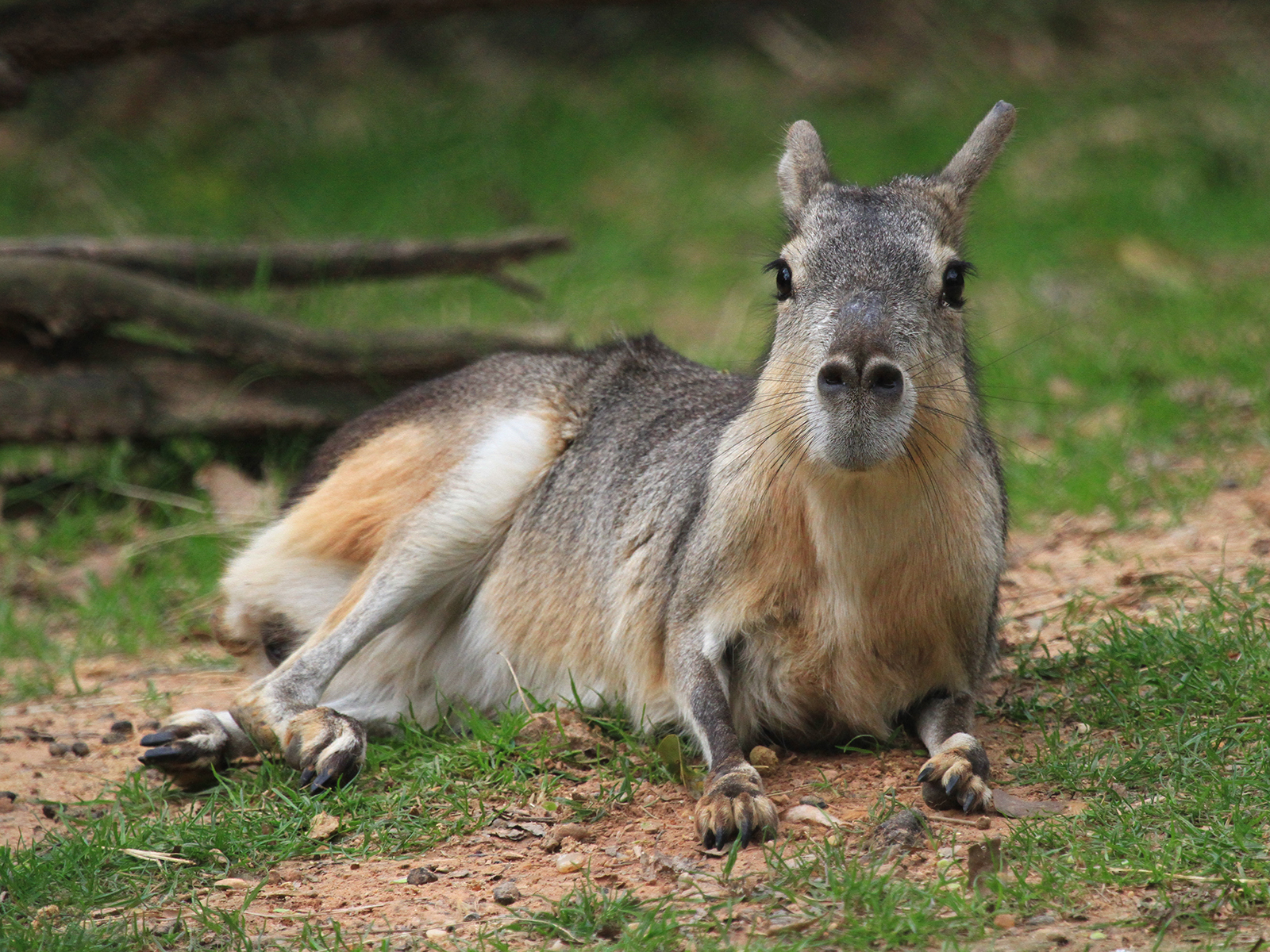
While most of their time is spent in pairs, large groups will form when grasses and herbs are plentiful. Patagonian cavies vocalize with grunts, grumbles, and screams.
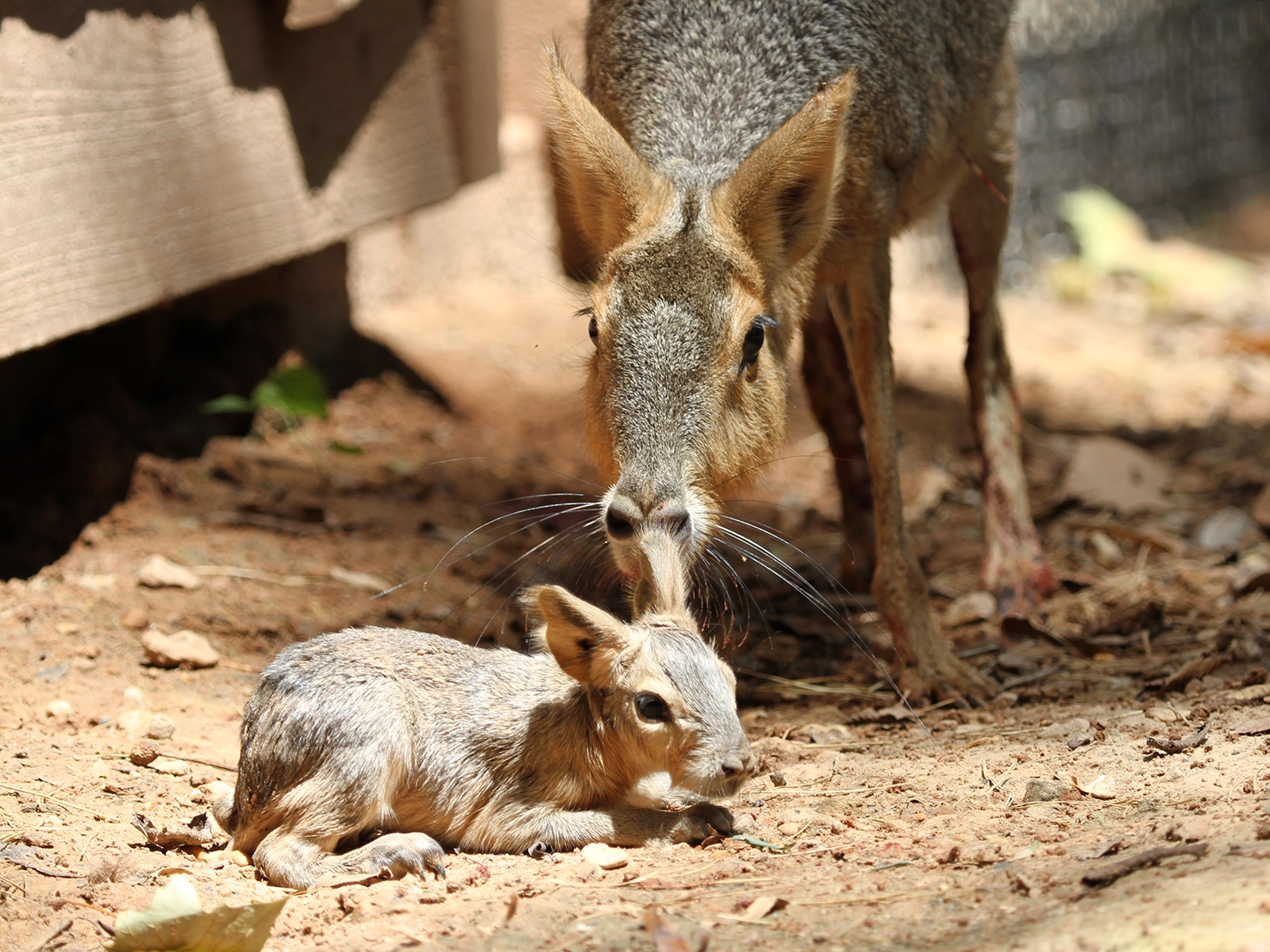
Unlike most mammals, cavies are monogomous. As many as 15 cavy pairs will raise their offspring in one communal den (called a creche). Females use scent to locate their young.
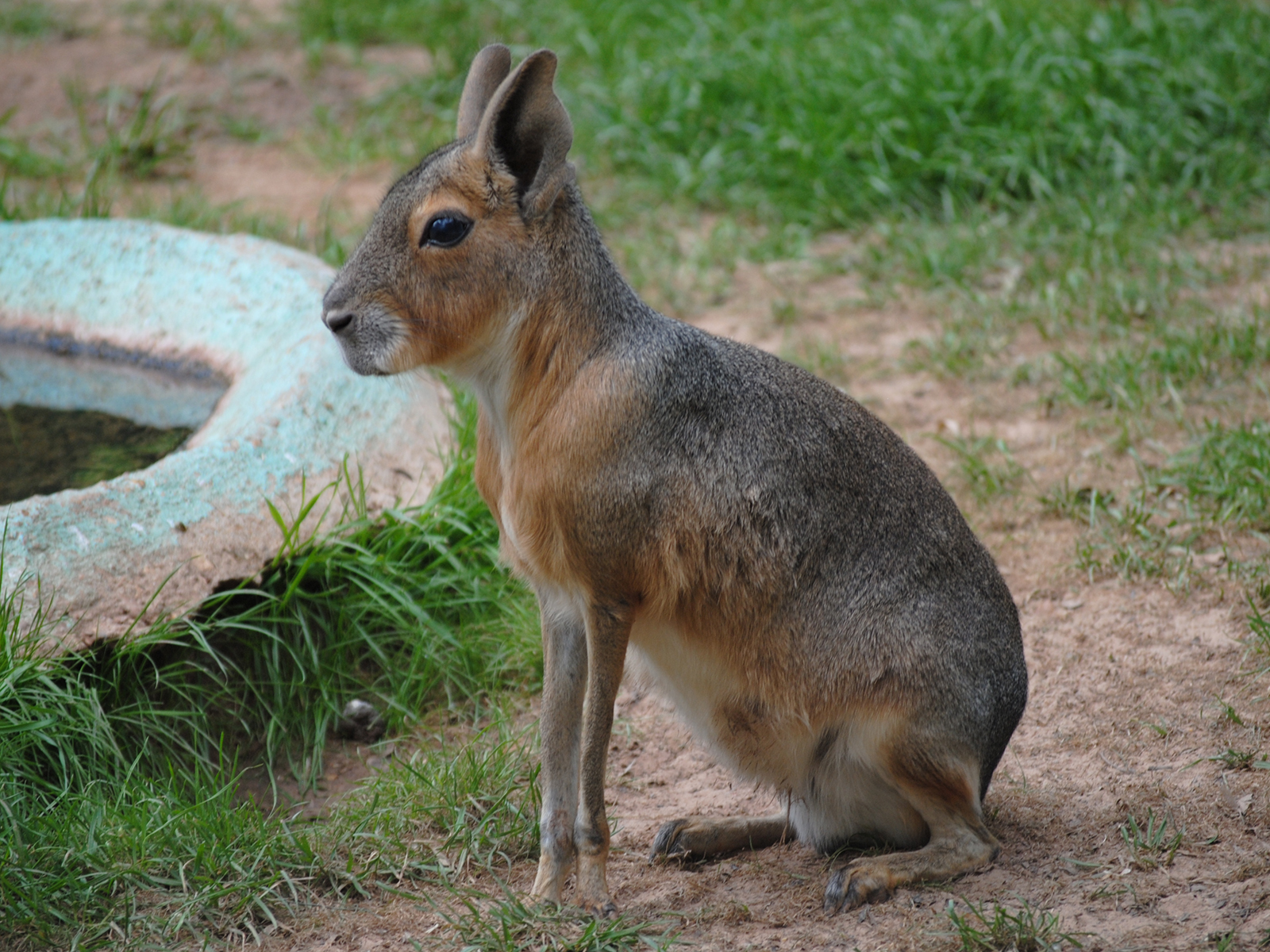
Although it is widespread, its populations are declining due to loss of habitat, competition with large introduced herbivores and hunting, probably at a rate close to 30% over ten years.
Support sustainable agriculture. A significant threat to cavies is the conversion of their grassland habitats into pastures for livestock. By choosing locally sourced produce and supporting sustainable farming practices, you can help reduce the pressure on their natural environment.
Share information about the Patagonian cavy with others. Many people don't know about this unique species or the threats it faces. By sharing their story, you can help generate more support for their conservation.
